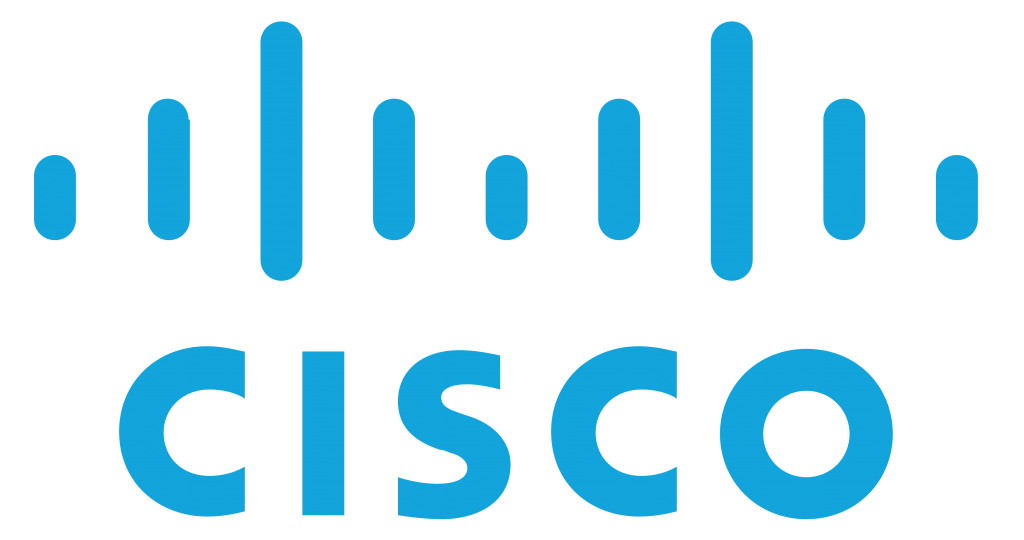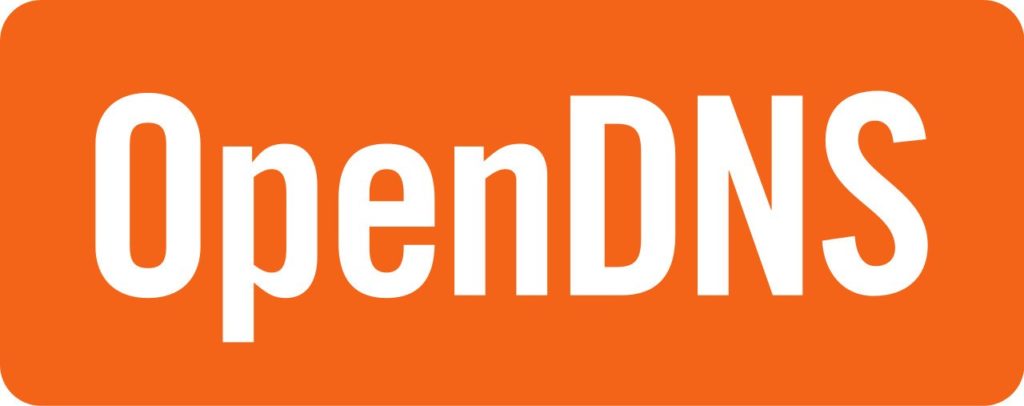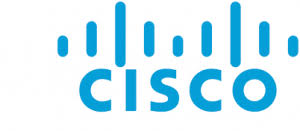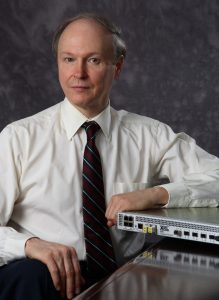Cisco – Journey from developing a simple router to becoming pro in networking and telecommunication sector
The present world we are living in is complex, and much progress, and more communicative. While advanced networking is responsible to connect us to any corner of the world. However, many firms working in this field made communication easier, and more efficient. Cisco Systems is doing an excellent job since its foundation. It is set up in 1984 by a scientist at Stanford University, who also contribute to connecting computers at the university. That is Leonard Bosack and Sandy Lerner. Today, the firm has counted in the leading companies that manufacture world-class network infrastructure. As well, the firm explored its business all over the world. Currently, it is having more than 75K employees and networking experts.
About Cisco System
A USA based multinational company Cisco is headquartered in San Jose in California. Recently in 2020, Cisco ranked fourth as per the Fortune Magazine. Thus, became the part of 100 best companies to work for in 2020. However, the firm is well known for manufacturing both software and hardware for network infrastructure. As well as manufactures high-tech products and telecom equipment that are known as promising in the international market. Apart from being expertise in the networking field, it also specializes in explicit tech markets. Such as domain security, IoT, and energy management. Jabber, Webex, OpenDNS, Jasper, etc are leading subsidiaries that Cisco acquired to compete in the changing market.
The backstory of foundation
As said earlier, Cisco is born out of the unique idea of computer scientists at Stanford University. As per the part of the research and need to connect computers they created the technology on the campus. For this, the founder Leonard and Sandy developed a router called ‘Blue Box’. With this, each computer could communicate with other computers easily. It was no doubt a small size network infrastructure, later on, shaped as Cisco system in 1984. As a matter of fact, the idea of the name “Cisco” has come from the city name San Francisco.
However, the firm had gone through lots of hurdles in the initial days. During the first phase of development, the founders unfortunately were accused of stealing the idea. This matter closed after both of them resigned from the firm. No matter what, but the firm has offered miscellaneous service in the networking field. In fact, it was the first firm to introduced multiple network protocol routers in the market. After 1990, Cisco expanded the business with the acquisition of several leading companies like OpenDNS, Webex, etc.
Glimpse on founders’ lives
Bosack and Learner build the base of the Cisco system with the implementation of research of William Yeager’s. For this, they had to face lots of hustles. Even both of them accused of stealing the idea, software, and hardware design. This dispute ends after leaving the firm that they build with great vision. Though, they played an applausive role in Cisco’s establishment that today known as one of the leading companies all over the world.
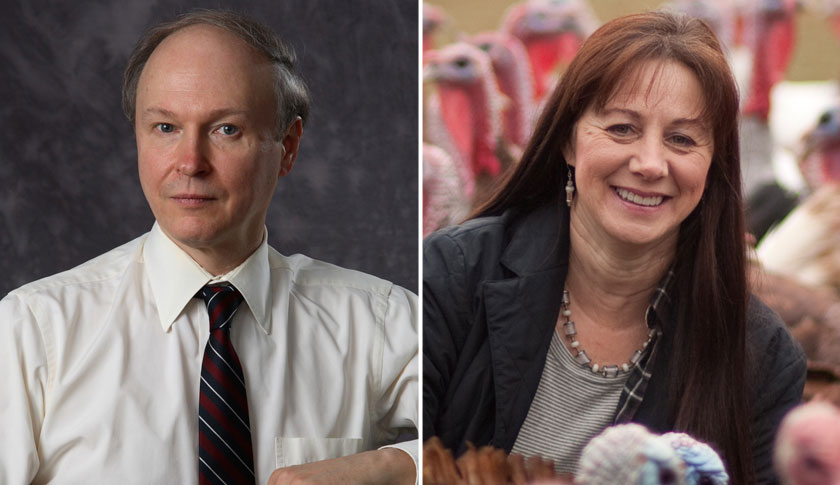
Image Source: fortune.com
Leonard Bosack
Despite belonging to a catholic family, Bosack was interested in technology. He attended La Salle College High School. Thereafter, he went to the University of Pennsylvania for graduation. Leonard then joined a digital equipment corporation just after his graduation. During this job, he found interest in network technology. To follow his interest and to work in this field, he registered at Sandford University in computer science. While studying at Stanford, he met Sandy learner, who later became his partner in life as well as in business.
Sandy Lerner
She is hailed from North California, attended California State University for under graduation. Thereafter, Sandy attended Claremont Graduate School to study econometrics. As well, she also went to Stanford University to study statistics and computer science. In 1984, Lerner’s cooperation resulted in the formation of the Cisco system.
Later Success of Cisco
After lots of up-downs, the firm went public meanwhile. Thereafter, it started the expansion of the business all over the world including India. The firm has never compromised its products and services. As well, it evolved as per changing technology and appropriately noted the requirements of the market from time to time. To advance in and achieved supremacy in modern technology, the firm used an acquisition strategy. ParStream, AppDynamics, Lancope, Accompany these are some of the noticeable acquisitions that Cisco made.

Jayshri is an Electronics Engineer, but her passion towards writing made her to be in this field. Apart from content writing, she loves reading, writing and surfing on various topics. In her free time, she likes to watch TV series and news. Sherlock Holmes is her all time favorite show. Jayshri loves cooking various Indian-western dishes.
